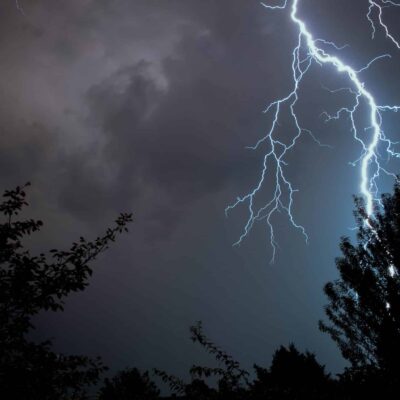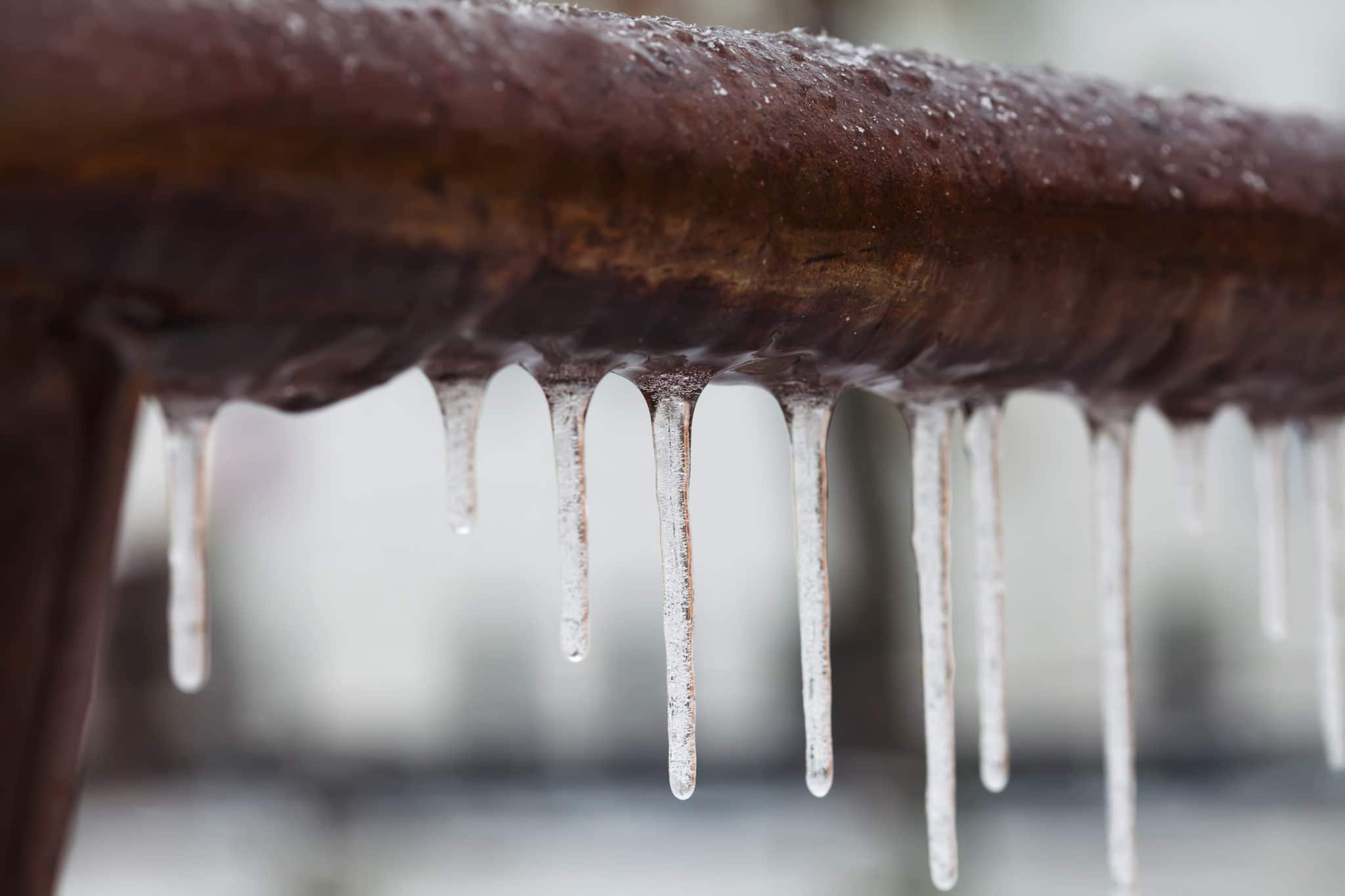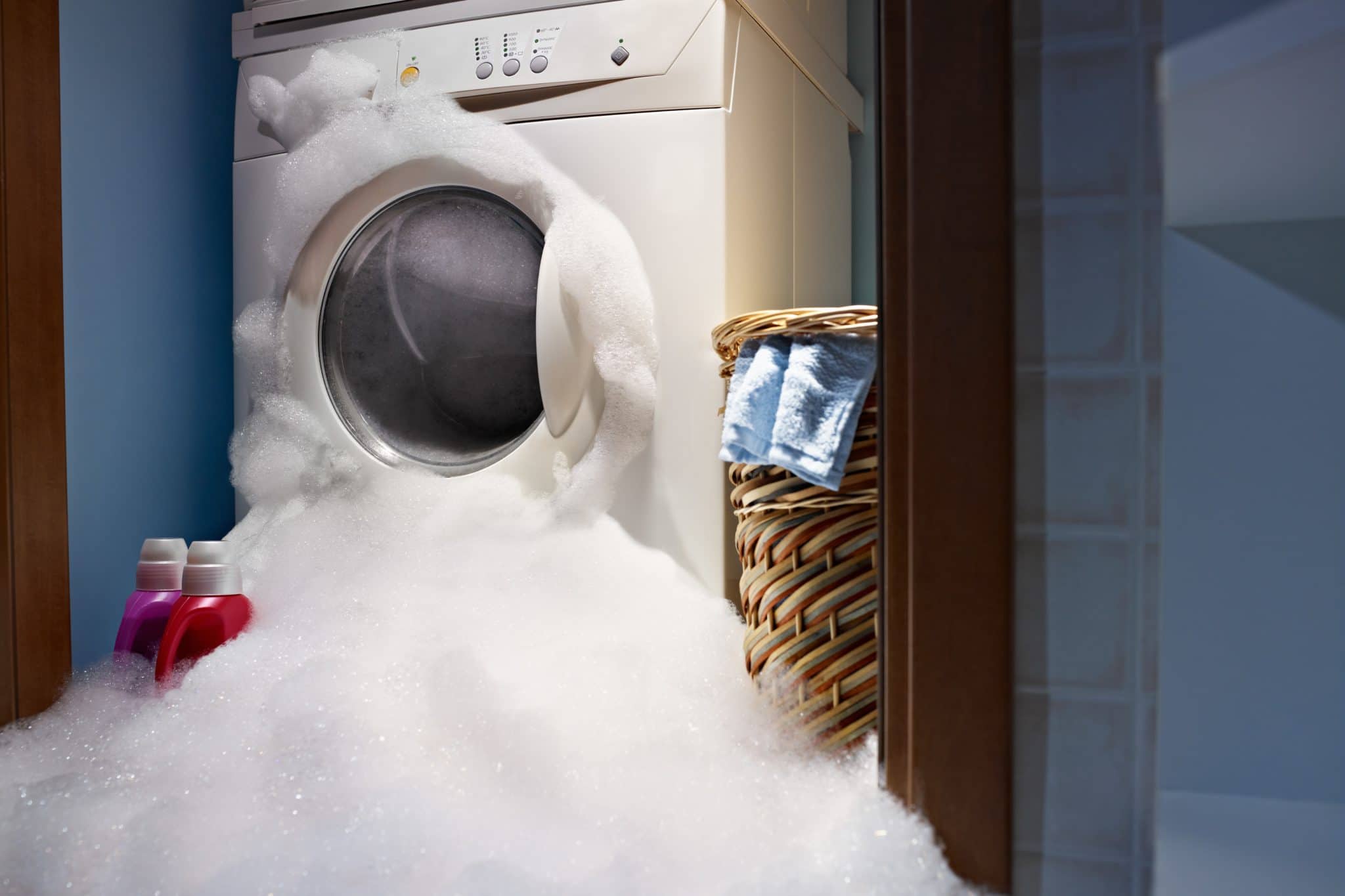“Freeze” Things Happen: A Claim From a Home Inspection in Winter
By Alyssa Cink
Last Updated October 26, 2023
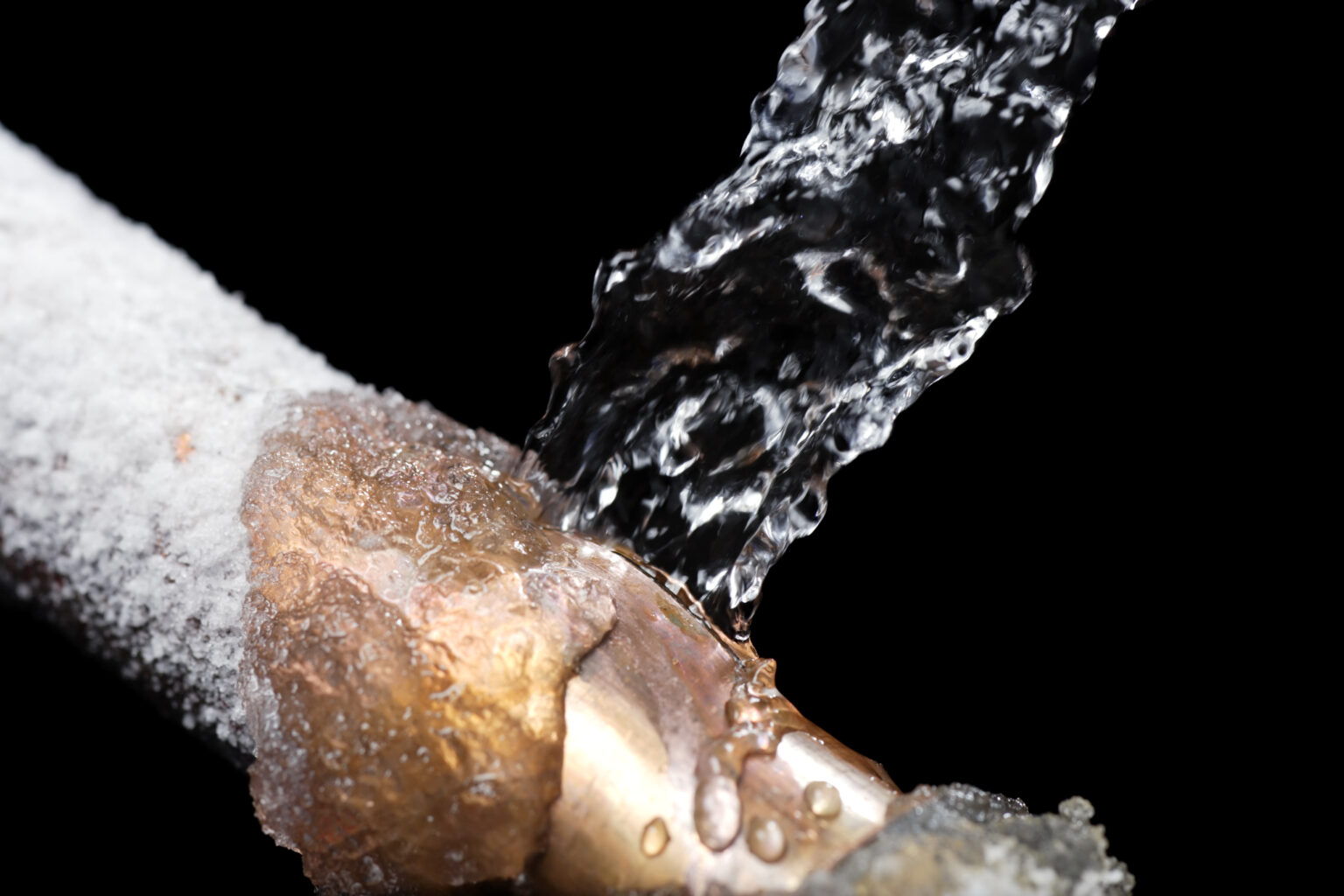
The following is a real general liability (GL) case study from our home inspection insurance archives. To protect the insured’s identity, all identifiable characteristics from this home inspection in winter claim—including names, associations, and locations—have been altered or removed.
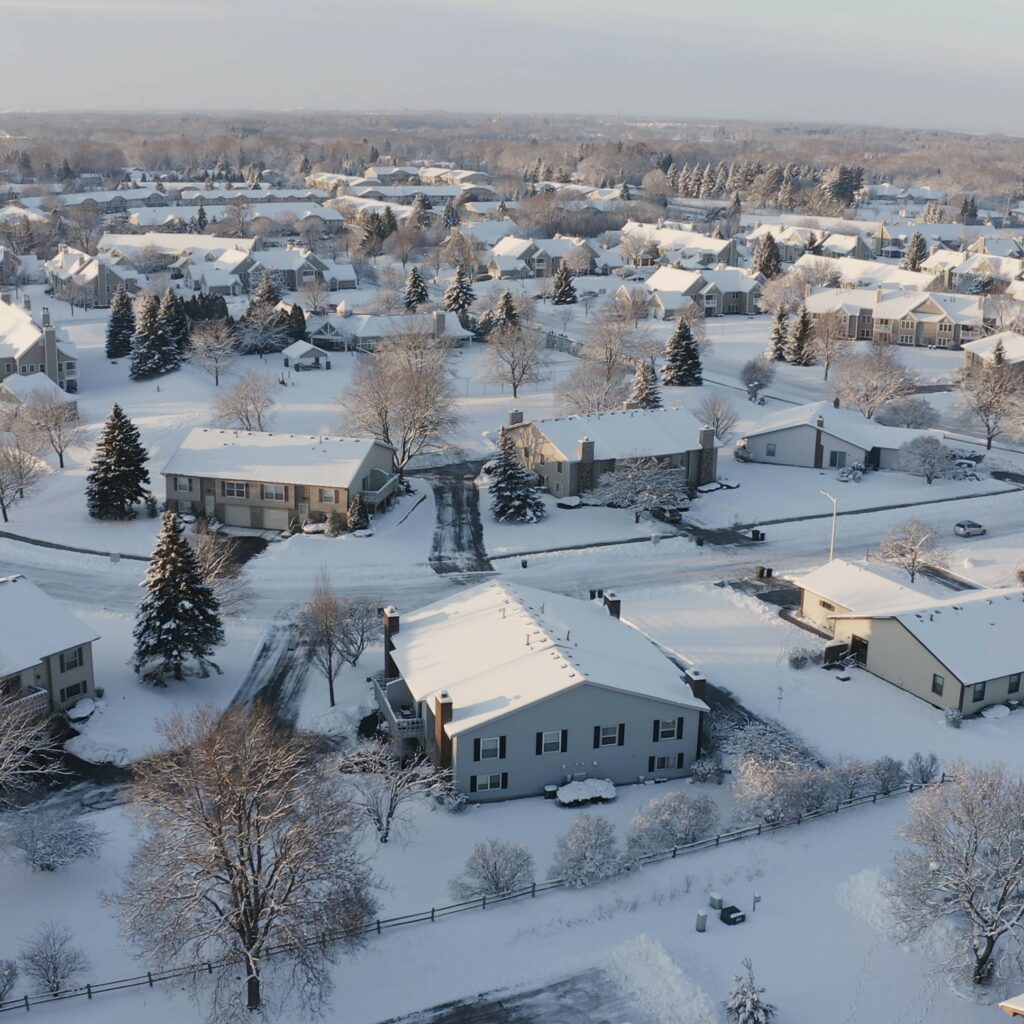
It was a crisp, January morning in the Midwestern United States. A home inspector was wrapping up his first winter home inspection of the new year: a vacant condominium (condo) unit with an attached garage.
The buyer and his real estate agent had joined the inspector for a final walkthrough. Together, they hesitated by the front door, stuck between savoring those last few minutes of warmth and anticipating the snowy trek that awaited them just past the threshold. Looking out the window, the inspector could still make out his boot tracks leading from his truck to the front door. The trail was less visible now that the morning snow had settled in.
Soon it was time to go. The realtor left first, then the buyer, who watched the home inspector operate the digital lockbox. Finally, the trio shook their gloved hands and parted ways.
Looking back, the home inspector would regret not paying closer attention to those last moments. He’d regret not taking a few extra photos while they lingered at the front door. Because, during those last moments, one of them did the unthinkable for a Midwestern, January morning: They turned off the thermostat. A few days later, the seller would return to find the water pipes frozen and burst and multiple units severely water damaged–especially her own.
As he said goodbye to the buyer and the agent, the home inspector had no idea how frosty his future really was.
The Frozen Water Pipe Claim
You face an increased risk of frozen plumbing issues during a winter home inspection like this one.
With no heat inside and temperatures below 30 degrees outside, the water lines froze in the seller’s absence. Two pipes split. As a result, water burst into the drywall, damaging the carpet, a shared ceiling below the bathroom, and the other three attached units. Meanwhile, the attached garage and the personal belongings within them were flooded, and water likely got stuck behind the walls.
Records from the digital lockbox showed that the buyer, the agent, and the home inspector were the last people to enter and leave the home. As such, the seller assumed one of them–specifically the inspector–had turned off the furnace in her vacant condo unit prior to leaving. Furthermore, she asked that he reimburse the $500 she’d paid to her homeowners insurance.
Except the home inspector knew the frozen water pipes weren’t his fault.
Why was he so confident?
First of all, the winter home inspection conditions made it too cold to test the condo’s air conditioning (AC). He knew turning off the furnace and activating the compressor would have risked damaging the air conditioning unit. Second, he’d checked the furnace’s components early in the inspection and evaluated the air flow continuously. It never faltered during his one and a half hours there. Third, he had photographic evidence that the furnace was in the “on” position when he arrived at the condo. Lastly, if he’d turned off the furnace, it would’ve remained off for the whole inspection. It’s safe to say he, the buyer, and the agent would’ve noticed the internal temperature plummeting.
The Winter Home Inspection Investigation
So, who did it?
The home inspector suspected the buyer. Alternatively, it’s possible no one was responsible. The heater was old. Though it worked at the time of the inspection, it had far exceeded its intended lifespan, which the inspector reported.
Our claims team interviewed the other unit owners. We needed to assess any water damages their units incurred and investigate the extent of our inspector’s liability. One unit owner demanded $4,000 for the damages his homeowners insurance did not cover. The original seller wanted her deductible reimbursed. The other two unit owners stopped responding altogether.
The Resolution
Based on our investigation, we determined that the home inspector was not liable for this general liability claim. He’d done everything right. He had evidence that the furnace was running during his winter home inspection. He’d also reported not testing the AC unit due to the weather, and he’d documented the furnace exceeding its designed life expectancy.
We drafted a denial of liability on the inspector’s behalf. But the inspector wanted to end the conflict on better terms. Despite knowing he wasn’t responsible, the inspector offered $500 to the seller as a sign of good faith. In exchange for the inspector’s settlement, we issued a release of all claims. By signing it, the seller agreed to discharge the inspector from any future claims that might arise from the incident. Since the settlement was less than the cost of his deductible, that $500 was all the inspector paid.
Key Takeaways From the Frozen Water Pipe Claim
Scenarios like this frozen water pipe general liability claim are “snow” joke. If you perform cold weather home inspections in a region with snowy, icy conditions, you’ll want to know what worked in this inspector’s favor in case you find yourself in a similar predicament.
Here’s what you can learn from our winter home inspection case study.
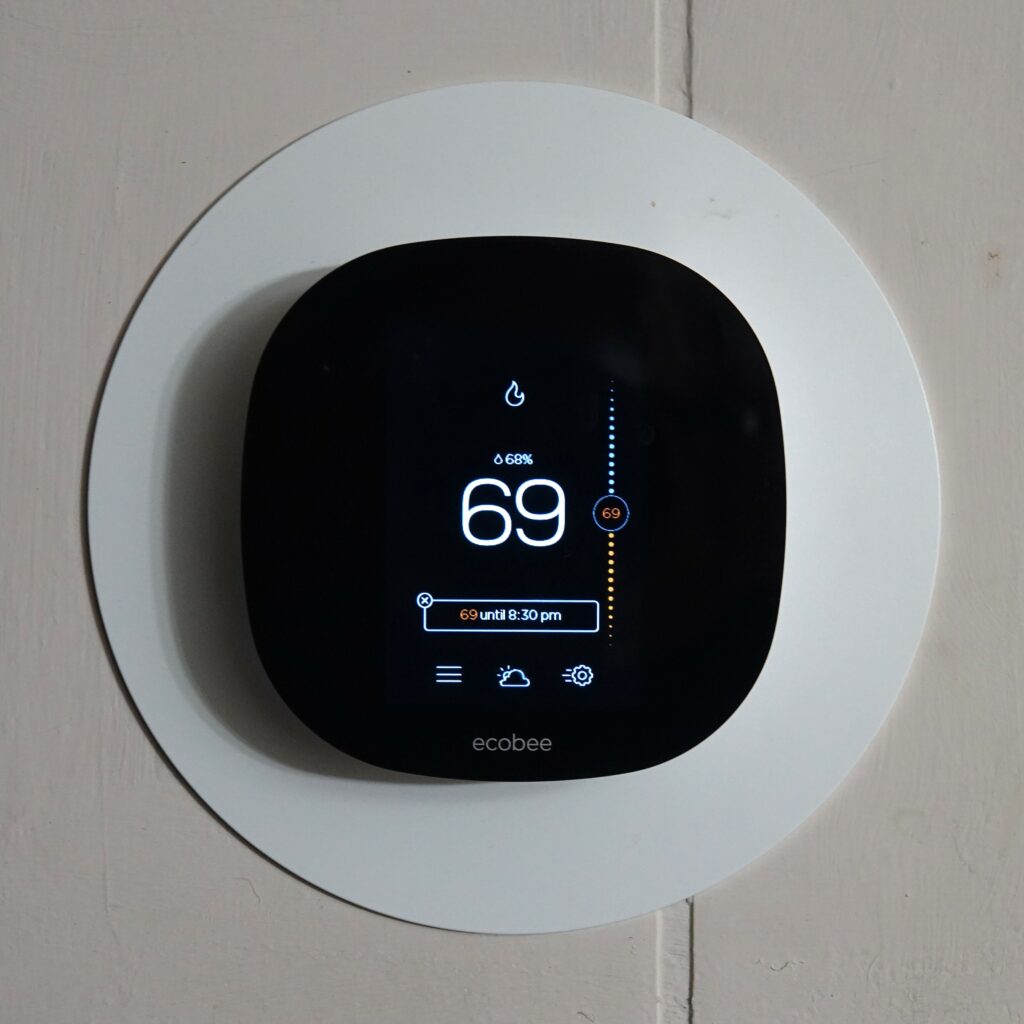
1. Document the temperature.
This home inspector demonstrated excellent foresight during his condo inspection. One example: He took a photo of the thermostat to show that the heater was running during his time there.
Frozen plumbing claims are among the most expensive and common plumbing issues that arise during home inspections in the winter. Regardless, we suggest adding two photos to your year-round routine: one to show the furnace, heater, or boiler’s status when you arrive at the property and another to show its status right before you leave.
These photos don’t need to go in your report. In most cases, you’ve saved some extra photos in your archive. But if a seller accuses you of neglecting to turn the thermostat and its related systems back on after the inspection, you’ll have time stamped evidence of your innocence.
Taking photos will also prompt you to double-check the thermostat before you lock up. Get more suggestions for your lockup routine in our related article.
2. Use disclaimers.
In this case study, the home inspector had a rule of not operating the air conditioning unit if the outside temperature drops below 60 degrees. He helped his case by not only following his rule but also by disclaiming it in his inspection report.
Disclaimers are written or spoken statements that can relieve you and your business of liability. The role of disclaimers in home inspections is to inform clients about the exclusions or limitations you faced during a particular inspection. This could include, for example:
- Optional items you inspect for an additional fee, like guest houses.
- Items you never inspect, like window air conditioners.
- Items you can’t inspect due to circumstances outside your control, like the roof during a thunderstorm or icy winter home inspection.
This inspector couldn’t test the AC unit like he normally would due to weather conditions outside his control. When he reached the AC section in his report, the inspector wrote that he would not inspect the unit. He also explained why: that doing so could risk damage to the compressor. Additionally, he took photos of the unit to show the piles of snow on top of the unit and immediately around it. When the seller accused him of neglecting to reboot the furnace, the inspector could confidently respond that he didn’t need to shut off the heat since he never tested the air conditioning. His written disclaimers backed him up, thus preventing a “he said, she said” allegation.
Want to learn more about home inspection disclaimers and how to write them effectively? Check out our article on the topic.
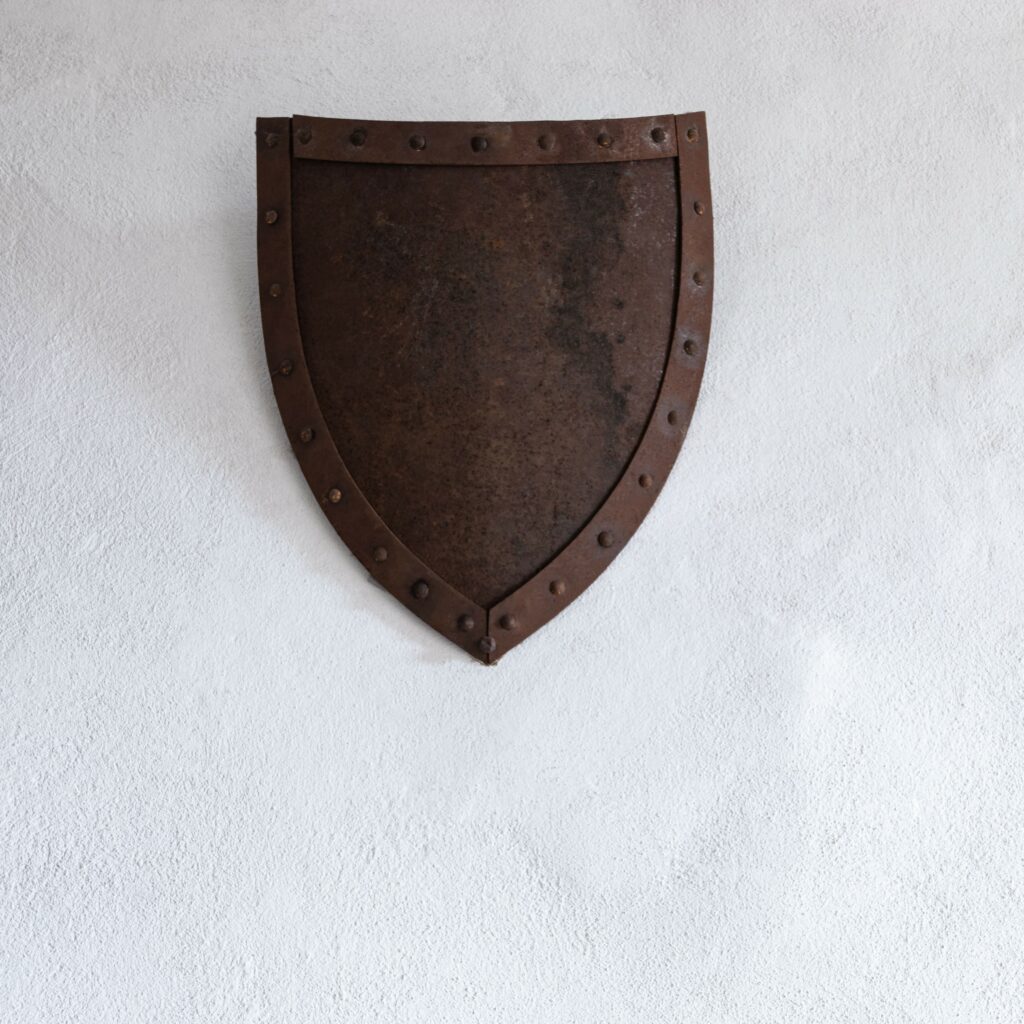
3. Have the right protection in place.
The outcome of this general liability (GL) frozen water pipe claim would’ve looked extremely different if the inspector only had E&O insurance.
Unlike errors and omissions (E&O) claims, which involve clients accusing you of an inadequate inspection service, GL claims involve third-party injuries or property damage arising from your inspection. Carrying one or the other instead of both leaves you vulnerable to claims. For example, if you purchase an E&O-exclusive policy, you’ll leave yourself exposed to the GL incidents most common in this industry, like water damage claims. For the ultimate protection and peace of mind, you need both.
“One [coverage] is the belt and one’s the suspenders. You’ve got [to have both] to make sure your pants don’t fall down,” said Brian Thomas of A-Z Tech Home Inspections, Inc. in Pennsylvania in our previous article. Accidents “chill” happen. Don’t wait for all “hail” to break loose before securing a combined E&O and GL policy, for winter home inspections and beyond. Fill out our brief, no-obligation application to start your coverage journey with InspectorPro Insurance.



